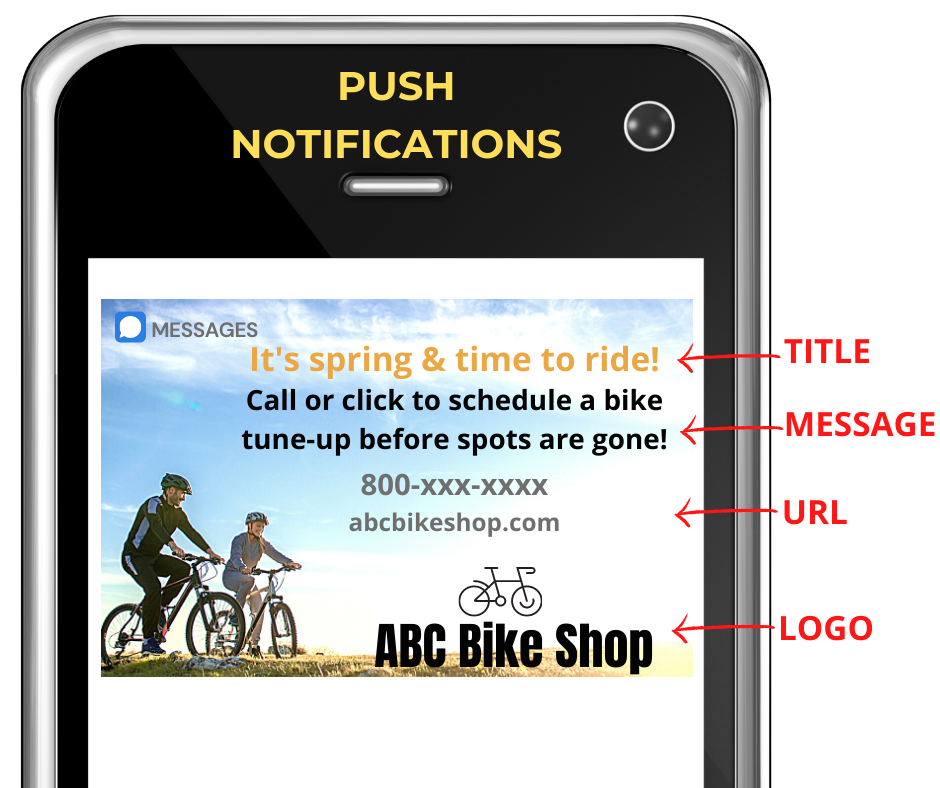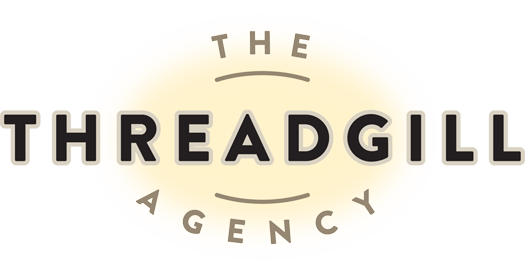
15 Apr Make The Most of Micro-Moments and Push Notification
Make the most of micro-moments and push notifications in your online marketing to boost ROI.
There’s no turning back as smartphones have forever changed the way customers shop, learn, and engage with businesses. Coupled with the pandemic-driven necessity of pivoting to more virtual offerings and online shopping, the importance of both micro-moments and push notifications rank highly for your 2021 marketing strategy.
What is a Micro-Moment?
Google defines micro-moments as “an intent-rich moment when a person turns to a device to act on a need – to know, go, do or buy.”
We first explored micro-moments two years ago, but it’s time to revisit this vital part of your marketing plan as mobile use solidifies its place in ecommerce and the new homebody economy plays out. While waiting in the car for a grocery pick-up, for example, people reflexively fill those minutes on their phone and search for something relevant to them. They think, “Oh! I need to get these shoes repaired. Google, find a shoe repair shop near me.” Or “My son outgrew his old bike. Google, where are bicycles for sale near me?” Or “Recipes with fresh strawberries.”
Optimizing Micro-Moments
You have mere seconds to capture your online user’s attention and solve their problem that caused them to search in the first place. Consumers search online for these primary reasons – “I want to…”
- Know – Consumers search when they are curious about a stat or need a practical question answered. “How often can I bleach my teeth?” for example.
- Go – If a consumer wants to go somewhere (online or in person), but not necessarily purchase something, they search things like “find a local bank in Frisco” or “volunteer opportunities in Dallas” or “Italian restaurants near me.”
- Do – YouTube tutorials have exploded onto the market the past few years. Creating short industry-related content that’s informative or helpful, such as “how to change a bike tire” for bike shops, will allow consumers to find you and grow to trust you as a helpful expert.
- Buy – This, of course, is the user with the most intent. They’ve done their research and are ready to purchase. Is your online shop easy to use on mobile devices? Do you have a cart that saves items for later? Is your contact info clear or do your forms make it easy to set up an appointment?
Capitalizing on micro-moments means anticipating your user’s intent, creating content that is quick and relevant, and making it easy for them to buy or engage with your brand. In other words, answer the questions above with your marketing (know, go, do, or buy). Business Insider advises companies to use analytics to discover what your buyers or clients are searching for, understand customer journeys, and observe trends in your industry. To help target your message, read our Six Tips to Voice Search Rankings for your site.
What is a Push Notification?
Part of your micro-moment strategy should involve using push notifications. Singlegrain.com defines push notifications as “small messages that can reach audiences anywhere and any time. While pop-ups appear only when audiences are on the site they belong to, push messages are independent of sites.”
Two main types of push notifications exist – web and mobile app notifications. For example, if a user opens a web browser on their phone (but not on your url), a push notification can pop up featuring a sale in your online store or a special promotion. Since 52 percent of users enable push notifications on their phone, it’s an effective marketing tool.
Creating Push Notifications and Best Practices
Creating a push notification requires these four elements: title, message, URL and your logo.
Best practices include the following:
- Write clearly and concisely. Space is limited and character restraints vary depending on platform and device (mobile or web browser) – between 40 and 120 characters – so brevity is key. To boost engagement, Single Grain advises to keep your message “short, personalized, and focused on re-engagement – not annoying or irrelevant.”
- Segment your audience. When you personalize push notifications, users are 3x more likely to convert. Instead of broad-based notifications, segment based on behaviors and profile, where you’ll statistically see a 30 percent click rate. (source: Marketing Land)
- Include compelling CTAs. Including a specific call to action with powerful buzzwords has proven improved click through rates. “Forget something in your cart? Only 3 left – buy now!” or “30% off ends tonight. Don’t miss it!”
- Be creative (but don’t lose clarity). If it’s on brand, using emojis, gifs, or images helps capture attention.
Benefits of Push Notifications
Timeliness – One of the top benefits is real-time communication, instead of a sales promo hitting email inboxes and sitting there untouched for hours or days. A consumer can react and seamlessly click on the notification to be taken to your online store.
Creating urgency – Your copy can create a sense of urgency or scarcity, such as “Free shipping ends tonight!” or “Respond today for a chance to win our giveaway.” Due to FOMO (fear of missing out), buyers have a higher likelihood of purchasing when the offer is limited. Check out these 189 Powerful Words that Convert.
When sending push notifications, keep these important limitations in mind:
- Remember time zones. Schedule notifications so they hit subscribers during appropriate daytime hours (aka when they can interact and respond ) – 10 a.m. to 1 p.m. results in the highest click-through rate at 15 percent, according to Marketing Land.
- Don’t overdo it. You don’t want to be overbearing, so keep a reasonable frequency. Experts suggest no more than once a day during sales or promotions and only when providing real value, updates, or specials to your customer.
- User consent required. You’ve probably noticed the small box that pops up on nearly every new website you visit. In order to receive push notifications (on a web browser), users need to give permission. In an app, many times the “notifications” is the default setting – and Apple’s new iOS requires users to opt in to notifications for every app.
With numerous free plugins for your site or mobile apps, push notifications provide an efficient, inexpensive way to reach your customer and boost ROI – just keep in mind the best practices and go for it! Check out MoEngage’s 2021 in-depth guide for push notifications.
“Sending push notifications to your users isn’t a silver bullet in itself,” Madhuri Guram stated on the VWO blog. “Automating them to deliver the right message at the right time makes all the difference.”
